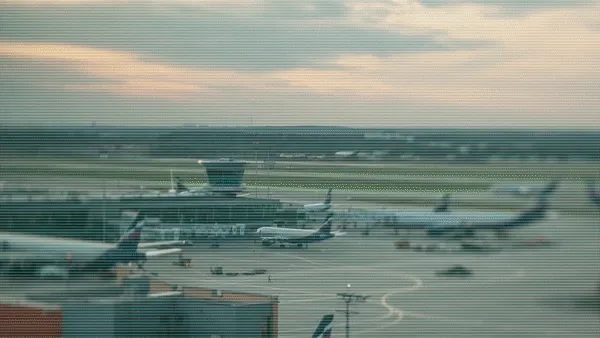
Aviation Group
- 日本語
- English
Takahashi Laboratory is one of the only laboratories in Japan
that conducts practical and academic research on human factors in
Air Traffic Control.
This research group aims to further improve the safety of large-scale complex systems, including those in the aviation field, and works closely with airlines and other organizations to conduct academic research on "resilience," which is the key to realizing Safety-II. We conduct practical research that goes beyond knowledge. Below are some of the research actually being conducted in this group.
Takahashi Lab has been conducting research on aviation-related
human factors for over 10 years. In our early research, we worked
with current ANA pilots on aircraft cockpit interfaces. After
that, We shifted the focus of my research to the field of air
traffic control, and are conducting research in collaboration with
active air traffic controllers. Although those of us who conduct
research are required to have a high level of knowledge regarding
air traffic control, the content of our research is not merely
academic research, such as proposing a system that is highly
evaluated as being usable for on-site education. We conduct
practical research that goes beyond human factors in air traffic
control. These issues are very important to protect air safety,
but there is a shortage of human resources.
Would you also
like to study air traffic control at Takahashi Lab?
-
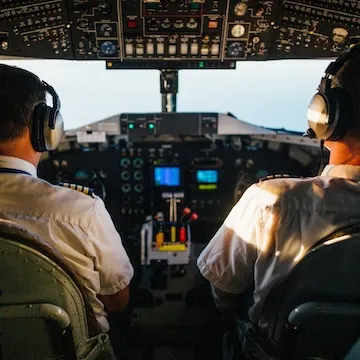
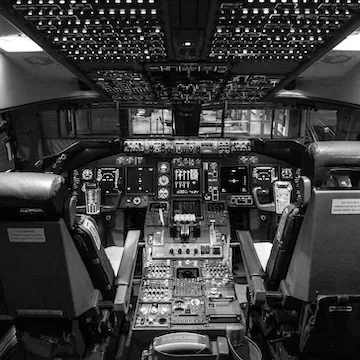
Joint research with airline companies “ROM”
航空会社との共同研究「ROM」
Through joint research with Japan Airlines Co., Ltd., we are developing a new safety monitoring program called "ROM (Resilience Operation Monitoring)" based on a new safety concept called Safety-II. Traditionally, we have focused on "events that did not go well", but by focusing on and analyzing the actions that were the cause of "successful events", which are the majority of daily operations, we are researching new approaches to safety that aim to achieve higher levels of safety by increasing success.
-
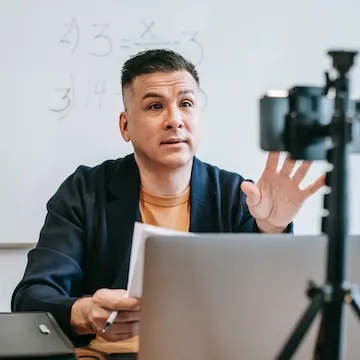
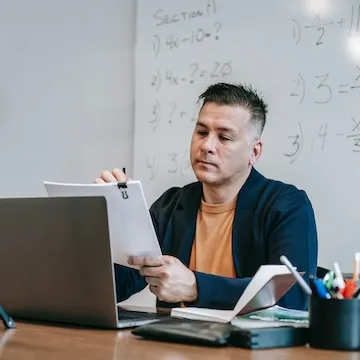
Research on flight crew competencies
運航乗務員のコンピテンシーに関する研究
Safety-II emphasizes resilience, which is the positive human contribution to safety and the ability to do so. Using interviews and qualitative research methods, we will systematize and visualize the competencies for resilience possessed by flight crew members (pilots), and utilize the knowledge gained from this for future education and training, and ultimately for even safer flight operations. We are conducting practical research aimed at achieving this goal.
-
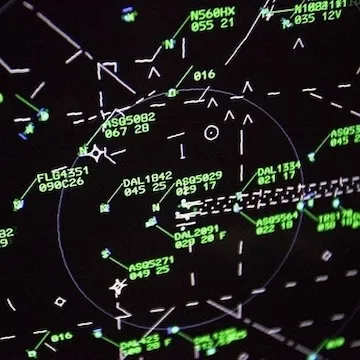
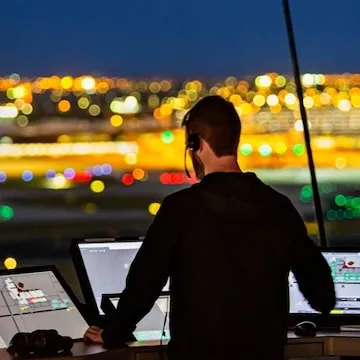
Experimental research on team resilience and communication
チームレジリエンスとコミュニケーションに関する実験研究
Using a team task simulator (ASSIST) modeled after air route control operations, we are conducting research to experimentally clarify the characteristics of teams that can respond resiliently to various types of fluctuations. By focusing in particular on team communication and clarifying the relationship between the quantity and quality of information sharing between team members and team performance, we will contribute to further improvements in education and training programs for complex systems operated by teams.
-
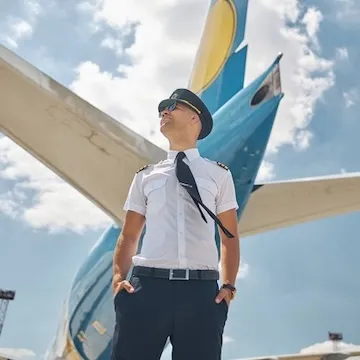
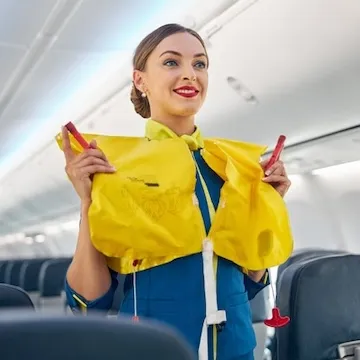
Basic research on failure tolerance and skill flexibility
失敗許容度とスキルの柔軟性に関する基礎研究
As a safety measure for various complex systems, "prevention of failures from recurring" has been emphasized. It is of course important to prevent safety-related failures, but if the pursuit of higher safety leads to the creation of an organizational culture where even the smallest failures are not tolerated, employees will not have the opportunity to learn from small failures and improve their skills. Will it really lead to further improvements in system security? Does it really contribute to maintaining system safety under various conditions, including unexpected events? In this study, as a first step toward answering these questions, we used a unique task simulator to study the impact that differences in tolerance for failure have on the flexibility of skills acquired through education, training, and experience.